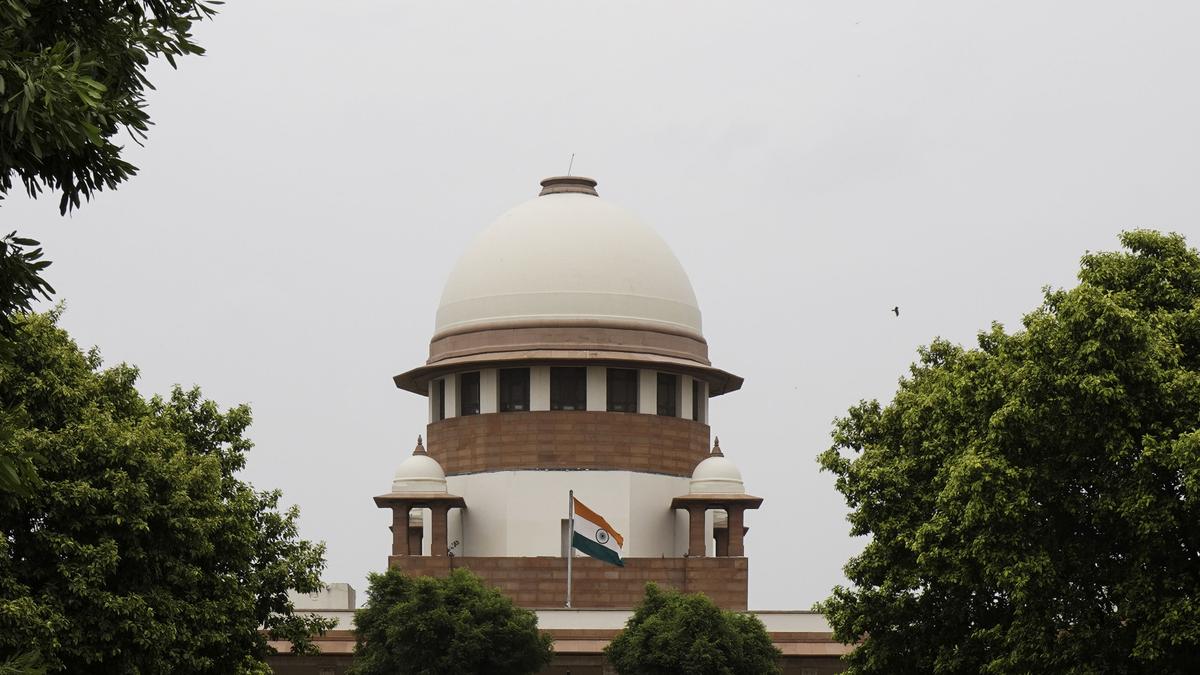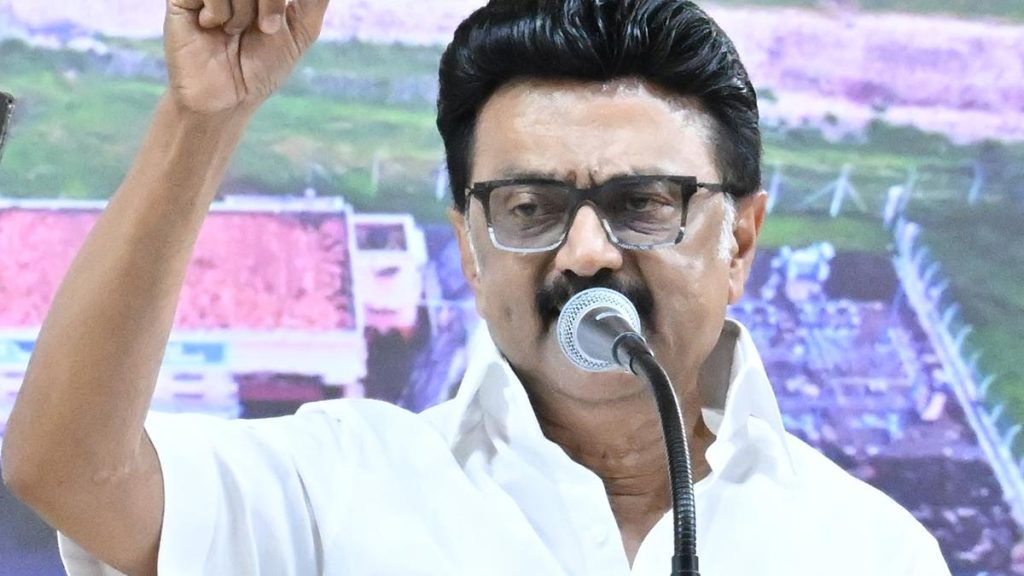Now Reading: Presidential Bench Clarifies Role in Tamil Nadu Governor Case Judgment
-
01
Presidential Bench Clarifies Role in Tamil Nadu Governor Case Judgment
Presidential Bench Clarifies Role in Tamil Nadu Governor Case Judgment

Speedy Summary
- A five-judge Bench of the Supreme Court,led by Chief Justice of India B.R. Gavai, clarified on August 19, 2025, that it would not “pronounce a judgment” or overturn the Tamil Nadu Governor case decision.
- The Bench is hearing a Presidential Reference issued under Article 143 to provide legal opinions on questions posed by the President.
- The Reference primarily challenges the court’s authority to set deadlines for Presidents and Governors to act on State Bills and grant deemed assent if they don’t comply within three months.
- Tamil Nadu and Kerala opposed the maintainability of such a Presidential Reference, asserting that Supreme Court judgments are binding as per Article 141 of the Constitution.
- These States contended that advisory opinions under Article 143 cannot replace constitutional review or curative processes meant for revisiting judgments.
- Concerns were raised about potential interference in judicial independence through such References.
- attorney General R.Venkataramani argued there’s no rigid restriction preventing Presidential References even after an existing judgment from the court.
indian Opinion Analysis
This issue highlights tension between judicial pronouncements and executive powers under India’s Constitution. While advisory jurisdiction via Article 143 is meant to clarify legal ambiguities without disrupting binding decisions (under Article 141), opponents fear it could undermine established judicial procedures like reviews or curatives.Maintaining this separation is crucial for preserving public confidence in institutions.
The underlying dispute about timelines imposed on Presidents/Governors concerns legislative efficiency versus executive prerogative. Balancing these roles without diminishing either institution’s authority reflects broader challenges within Indian federalism.This debate may prompt deeper examinations into constitutional checks and balances surrounding state governance mechanisms.
For further reading: Link























